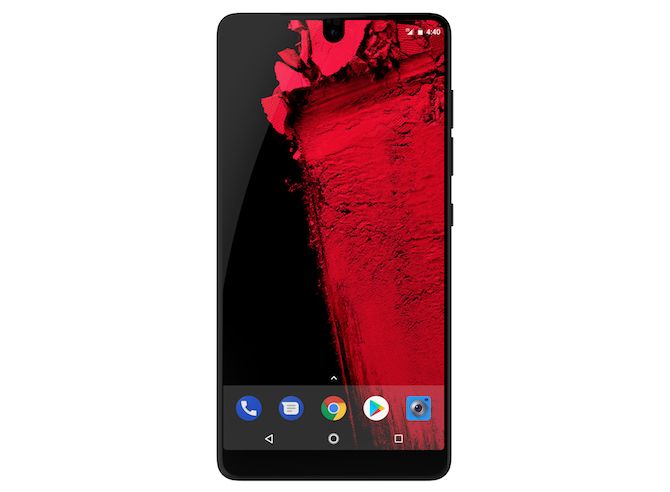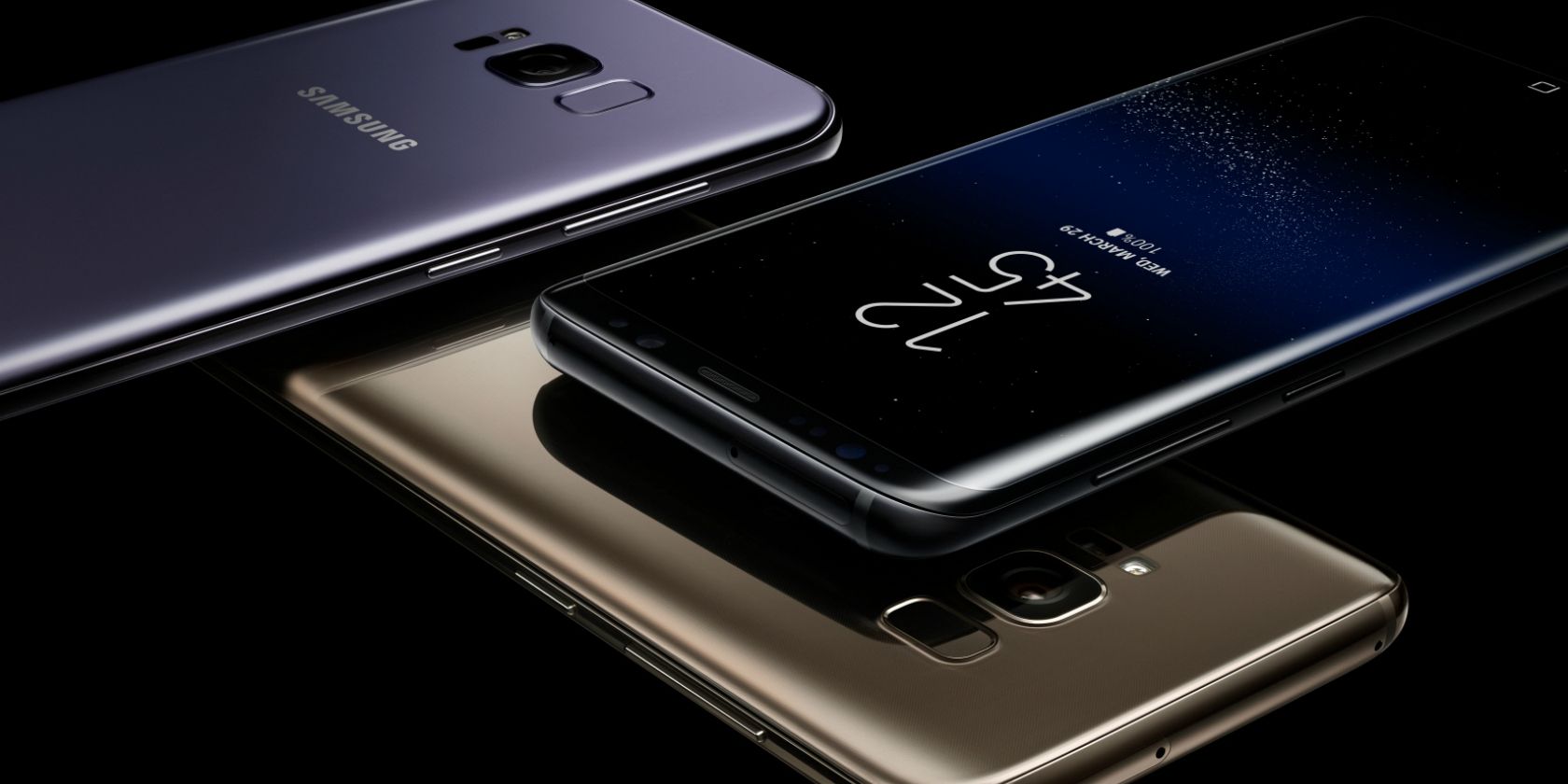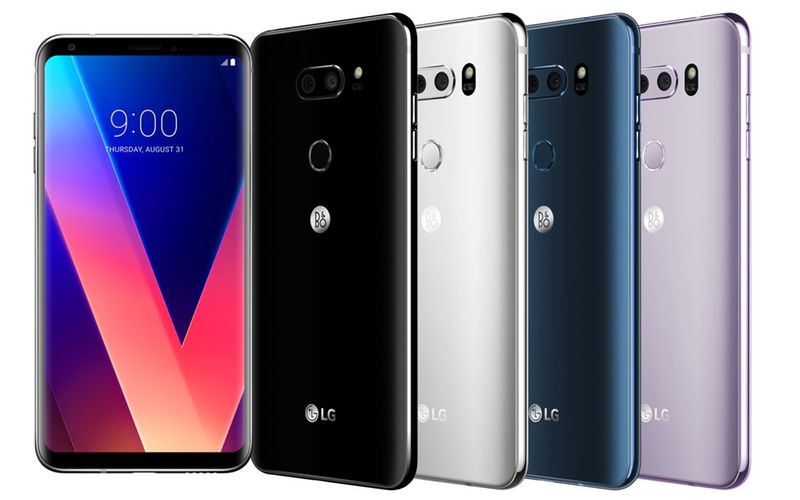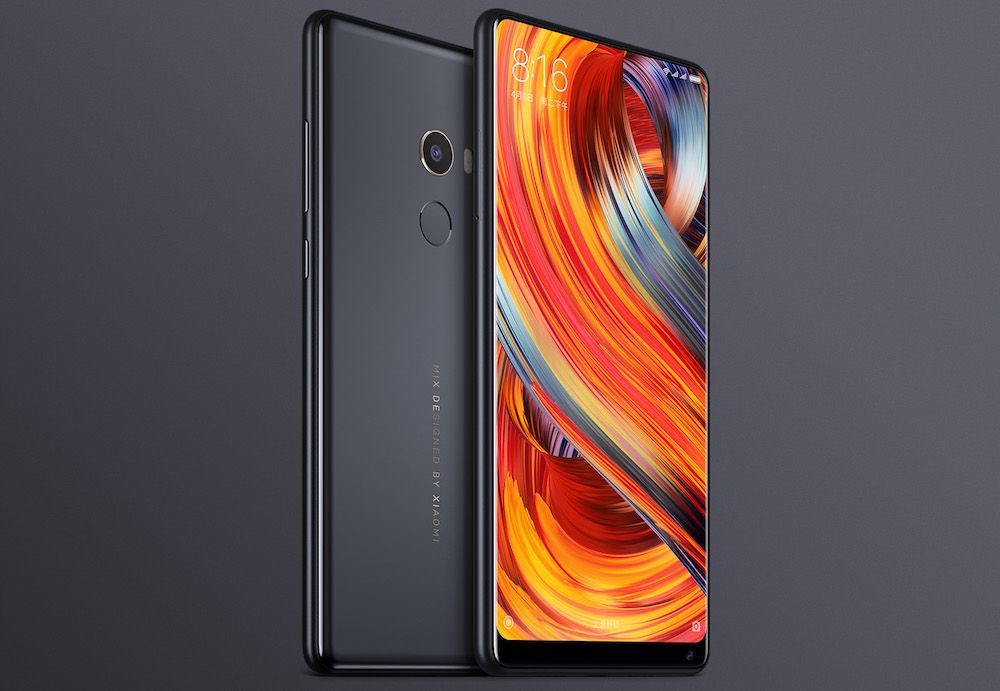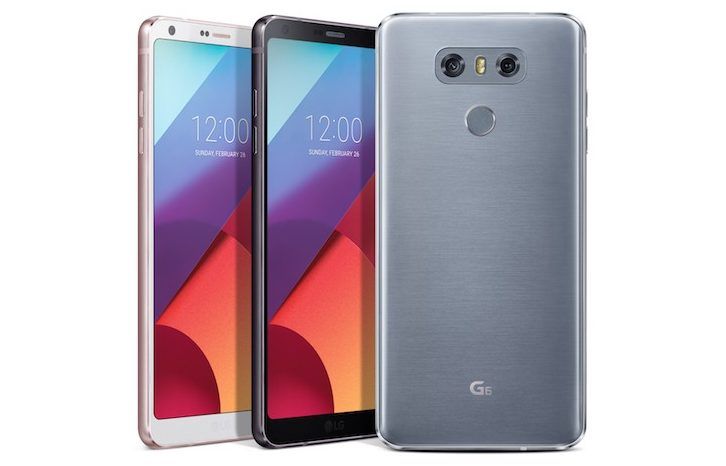Smartphone displays that almost cover its front are called edge-to-edge displays. The concept has been around for the past few years, but was validated again with the iPhone X. Apple's newest smartphone bears a big 5.8-inch display when measured diagonally, fit into a body only slightly larger than 4.7-inch iPhones.
That's the biggest benefit of an edge-to-edge display: you can accommodate a huge viewing area without making the phone too unwieldy. Apple wants to charge you $999 for this pleasure, further pushing the price boundaries of smartphones. But here's the thing: if edge-to-edge is what you want, there are several Android phones already on sale that do more or less the same thing.
So today, we're looking at the top five alternatives to the iPhone X, that have a screen-to-body ratio of nearly 80 percent.
1. Essential Phone
Created by Android founder Andy Rubin, the Essential Phone PH-1 packs all the goodness to be expected from a modern smartphone. Chief among those is the near-bezel-less design. Announced in late May 2017, the Essential Phone's display covers its front face almost entirely. Well, save for the cutout up top to accommodate the front-facing camera and a small chin at the bottom that packs the display circuitry.
The cutaway on the top isn't as jarring as the iPhone X's sensor housing, which has a lot more components to help with Apple's Face ID biometric authentication system. And while we're comparing, it's worth pointing out that the Essential Phone is carved out of premium materials like a ceramic back and titanium sides. The company claims titanium should withstand drops better than aluminum borders used on most phones.
By now, you've probably figured out that this phone is a premium device, and the internals do measure up similarly. A Qualcomm Snapdragon 835 chip with 4GB RAM is coupled with a capacious 128GB of internal storage. Expect swift performance because this phone has absolutely no bloatware out of the box -- it's unmodified Android just like Google Pixel phones.
The only sore point recurring with Essential Phone reviews is its lackluster camera performance. Although reviewers have noted that during testing, the phone received software updates that improved image quality, although not satisfactorily. By the way, the Essential Phone also supports magnetically attached modular accessories like a 360-degree camera, purchased separately.
If you like how the Essential Phone looks and don't care about the camera as much, maybe it's worth taking a look at.
2. Samsung Galaxy S8 and Galaxy S8+
The Samsung Galaxy S8 duo were one of the earlier launches of the year to adopt the bezel-free trend. Dubbed as the "Infinity Display", the smaller Galaxy S8 packs a 5.8-inch AMOLED display with tiny bezels on the top and bottom of the smartphone. While the bigger Galaxy S8+ packs in an even-larger 6.2-inch display. Like the iPhone X, this is the first time Samsung too dropped the physical home button but replaced it with an onscreen version.
Apart from the gorgeous display and design, the Galaxy S8 models are powered by the Snapdragon 835 chip (or the Exynos 8895 in some regions), 4GB RAM, and 64GB of onboard storage. They are IP68 certified for water and dust resistance, support fast and wireless charging, and have class-leading rear cameras.
The only downside to these devices is the awkwardly-placed fingerprint scanner, right next to the rear camera lens. You can use the built-in iris scanner instead, but it's reported to have some security flaws.
3. LG V30
The LG V30 is packed to the gills with features, starting with a big 6-inch Quad HD+ OLED display that's fit into a body that doesn't feel gigantic. The V-series LG phones are typically meant to excel in the audio-visual department, and the V30 offers several features in this regard.
For starters, the display is HDR10 and Dolby Vision compatible, just like the iPhone X. The rear camera packs a large f/1.6 aperture that should help capture more light for better photos. A secondary rear camera lens takes shots with a 120-degree wide angle view. This means you can accommodate a wider view without having to move backwards. For video capture, the phone comes armed with 16 professional color grading options. A Point Zoom feature lets you smoothly magnify to a portion of the frame.
To satisfy the audiophiles, the LG V30 comes with a 32-bit Quad DAC (digital-to-analog converter) that improves the audio output to headphones connected via the 3.5mm jack. The company has also partnered with Bang & Olufsen and packs a pair of branded headphones in the package.
Powering all these features is the Snapdragon 835 chip, 4GB RAM, and 64GB storage, with a microSD card slot for expansion. The phone is not only water resistant but also passes some of the MIL-810G endurance tests, suggesting that it should deal with drops better than others. The only gripe reviewers have reported in their tests is a somewhat underwhelming front-facing camera.
4. Xiaomi Mi Mix 2
Xiaomi released the second generation of its popular Mi Mix overseas. While the first model was largely restricted to China, the Mi Mix 2 will sell in 40+ markets (but not the United States). But to the interest of our American readers, this phone supports all major U.S. LTE bands, so you could technically use an imported one just fine.
Designed in collaboration with French designer Philippe Starck, Xiaomi Mi Mix 2 bears a 5.99-inch Full HD+ display. There's a tiny slit for an earpiece above the display, and the front-facing camera is moved to the bottom. Like the Essential Phone, Mi Mix 2's back is made of ceramic too. The Snapdragon 835 powers the Mix 2 with up to 8GB of RAM and 256GB of storage.
Software-wise, the Mi Mix 2 runs the company's MIUI 9-user interface on top of Android 7.1. The 12MP single-lens camera at the back is stabilised by a four-axis mechanism. A large 3,400mAh battery also packs in enough juice to power the phone an entire day.
5. LG G6
The LG G6 is the V30 without the steroids. It's got a slightly smaller 5.7-inch display packed into a comfortable-to-hold body. The display is HDR10 and Dolby Vision compliant and has a tall 18:9 aspect ratio, just like its sibling. The Snapdragon 821 chip isn't exactly best-of-breed but plenty fast for smooth operation.
The dual camera setup features a similar standard-angle and a 125-degree wide-angle lens. Although, the V30 doesn't have an apparent fish-eye effect when clicking from the wide lens like the G6. The G6 has IP68 water and dust resistance, and the phone has passed 14 military standard 810G tests. Meaning it's relatively better equipped to survive a fall than others that haven't been certified.
The software is laden with several features to make the most of the hardware. It makes good use of the tall screen. For instance, you can see photo previews on half the screen with the viewfinder open in the other half.
The phone charges via a USB Type-C port with QuickCharge 3.0 support. The LG G6 isn't as pricey as it used to be. Some might even say it's a steal for the current price.
Bonus
If all the above are way too expensive for you, might we also point to the Doogee Mix. It's an under-$200 phone with an edge-to-edge design similar to the Xiaomi Mi Mix. We walked away fairly satisfied with our review of the phone.
Also, if you're willing to wait, there are two more all-screen phone launches nearby: the Google Pixel XL 2 (based on leaked images) will also have an edge-to-edge display, and also upcoming is the Nokia 9 (of which press renders suggest a similar design).
Do you think edge-to-edge displays are a good idea? Are you worried about them breaking easier than phones that had bezels all around? Sound off in the comments below.
Image Credit: stori/Depositphotos


